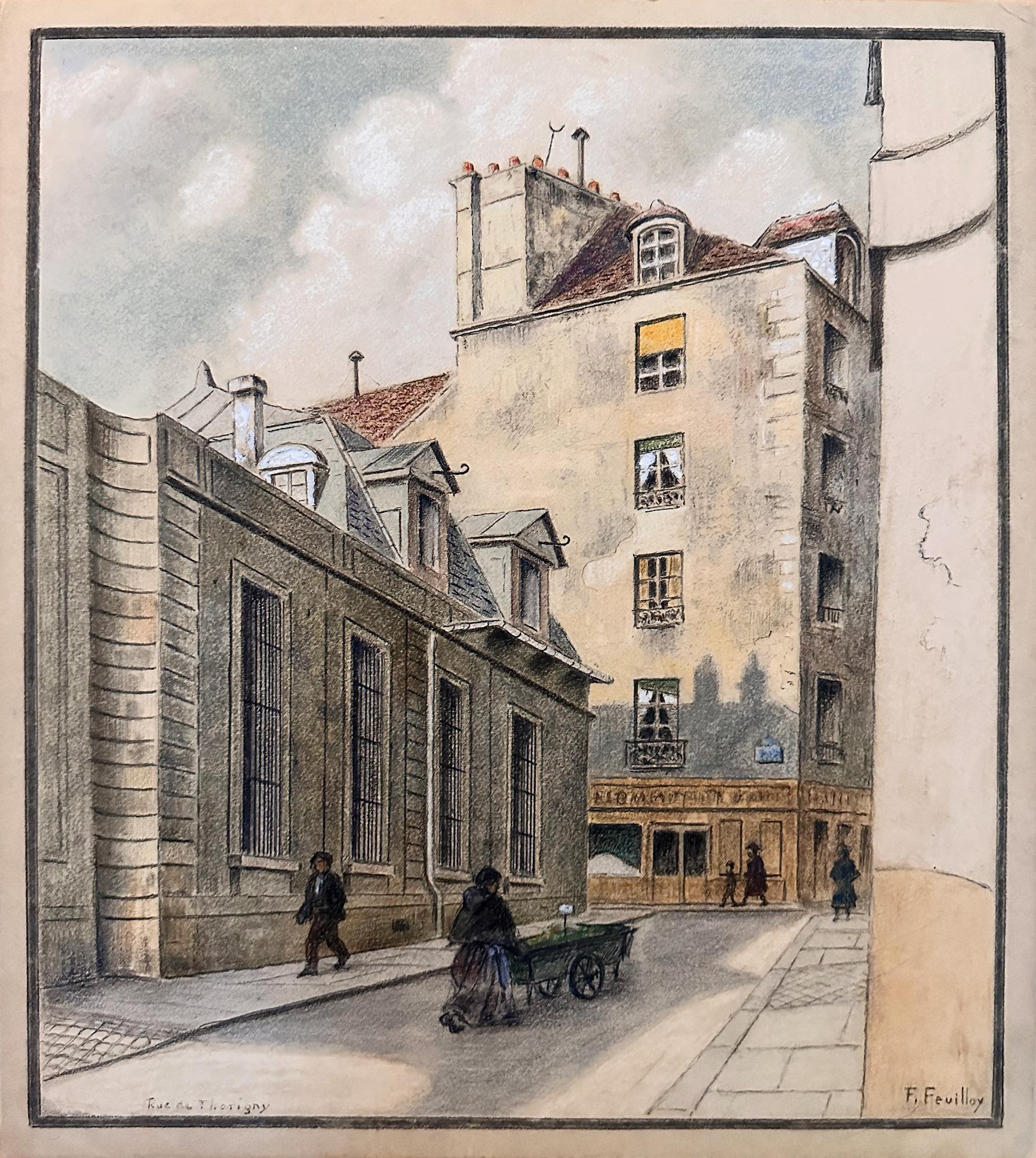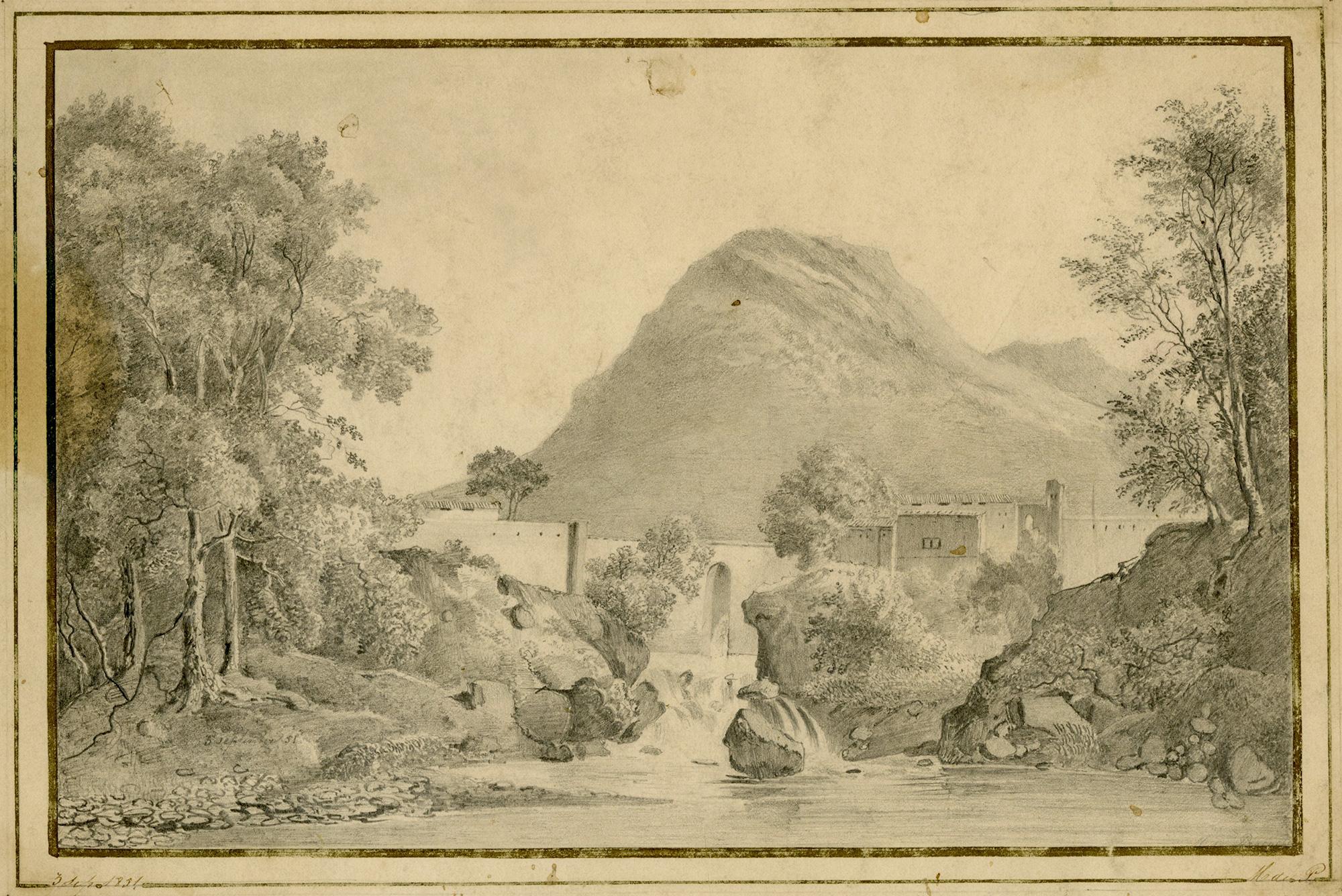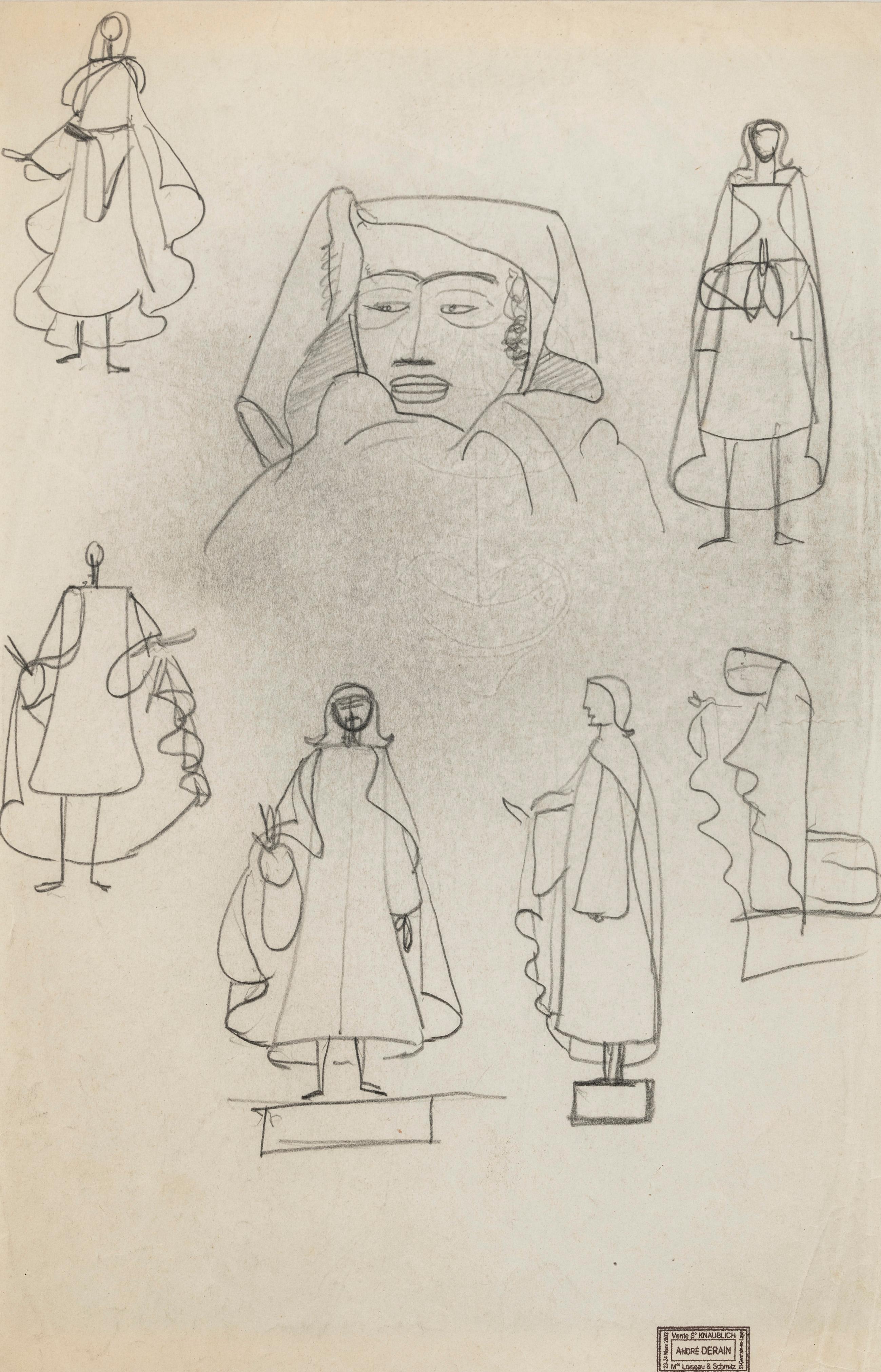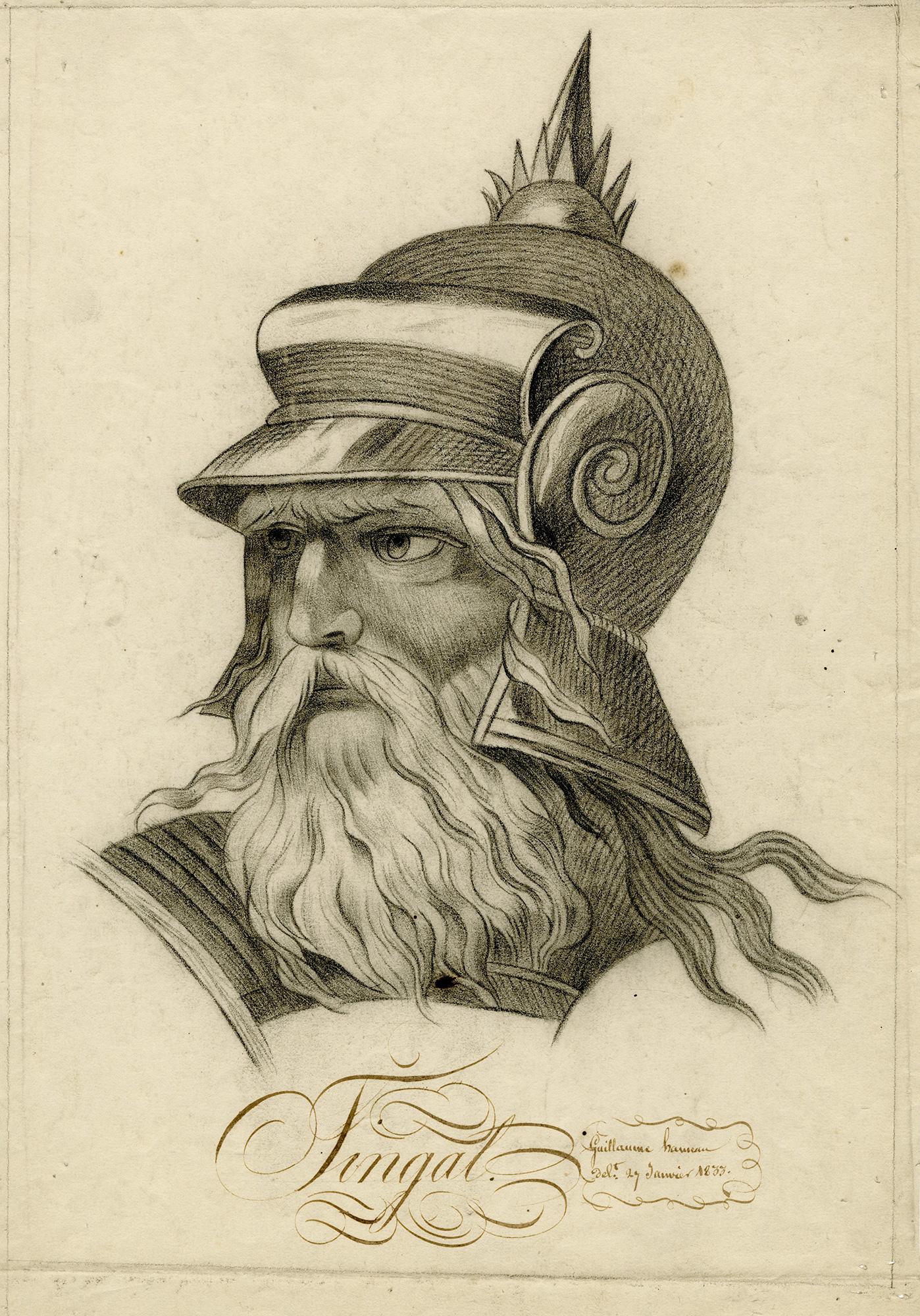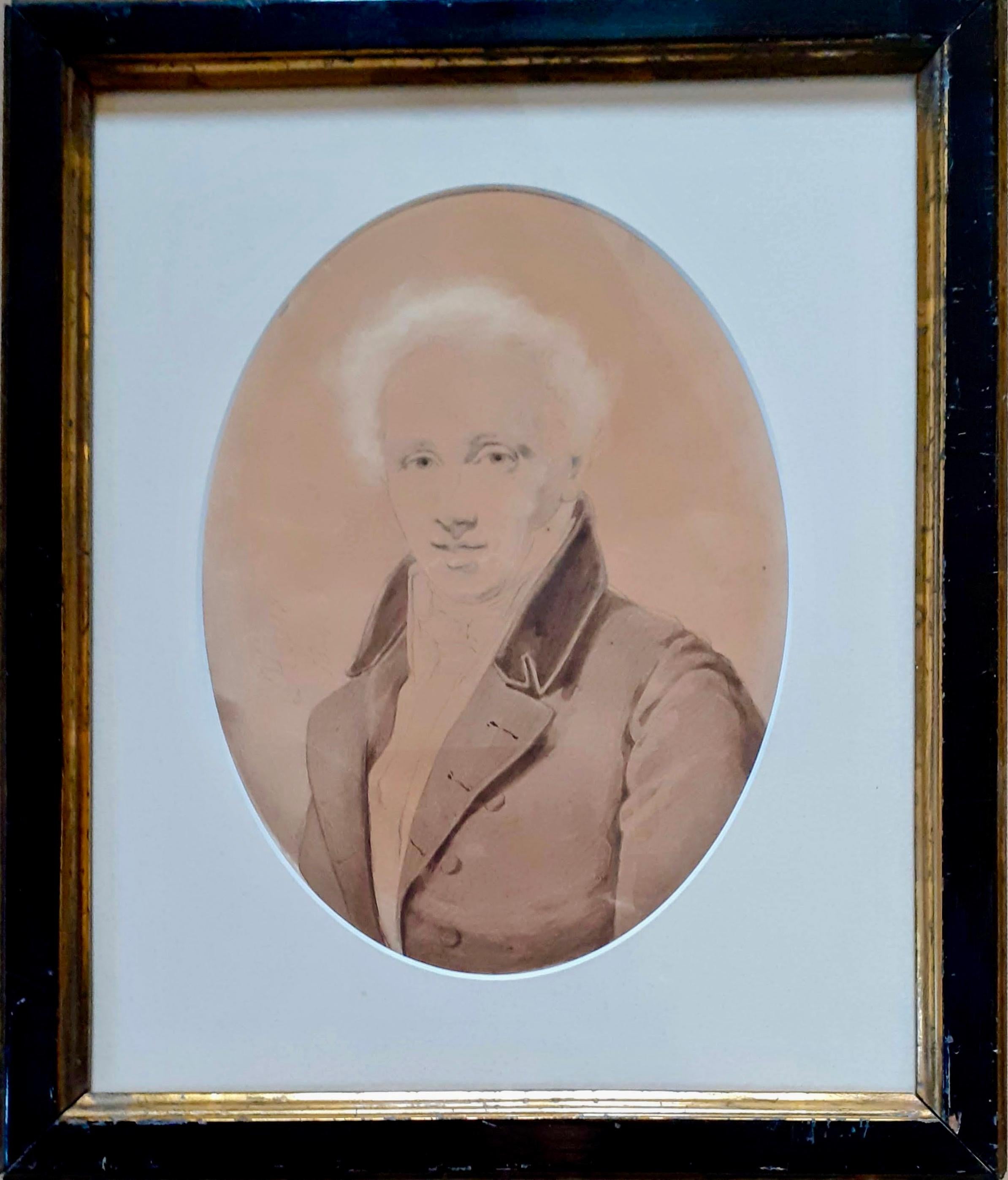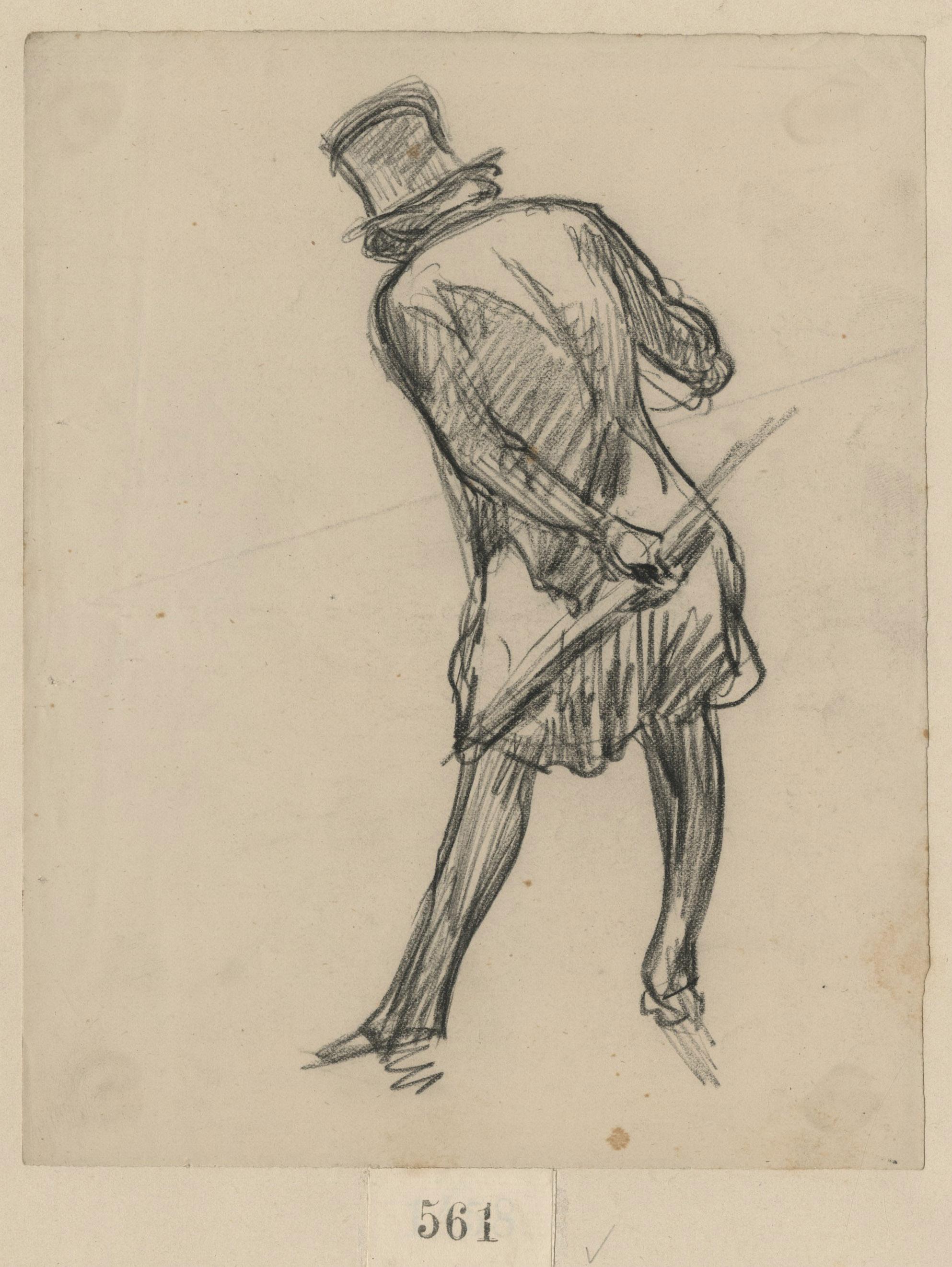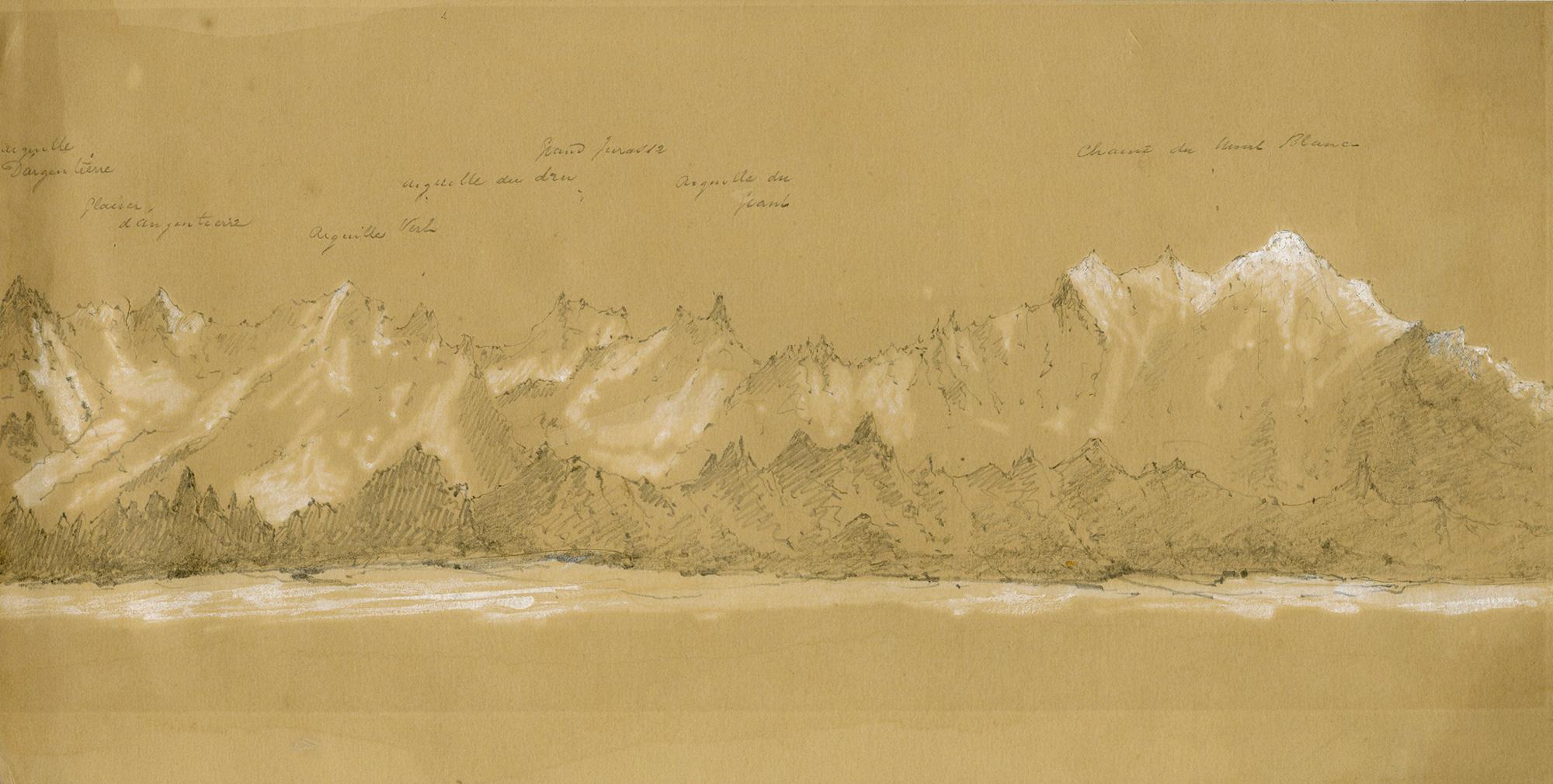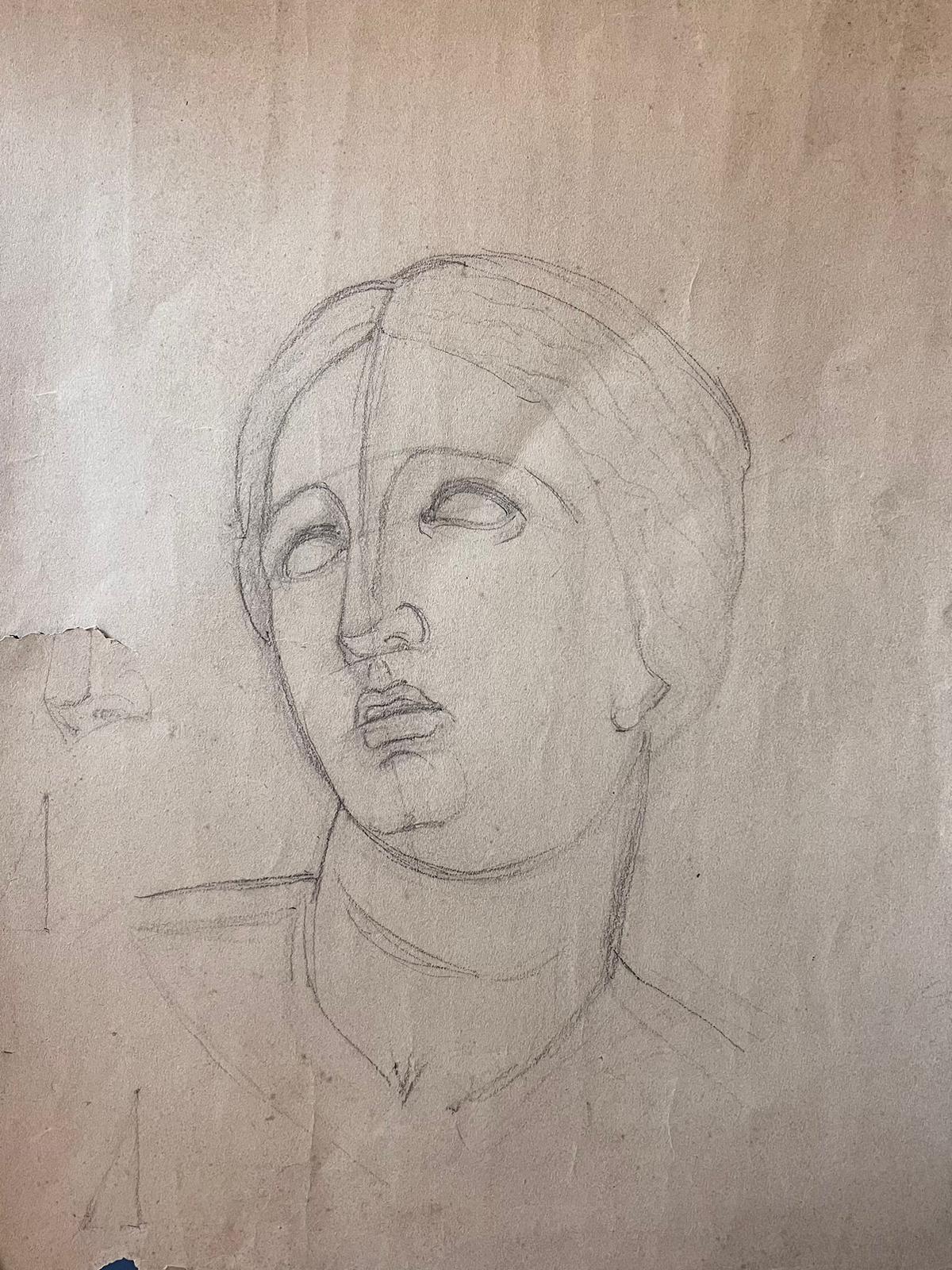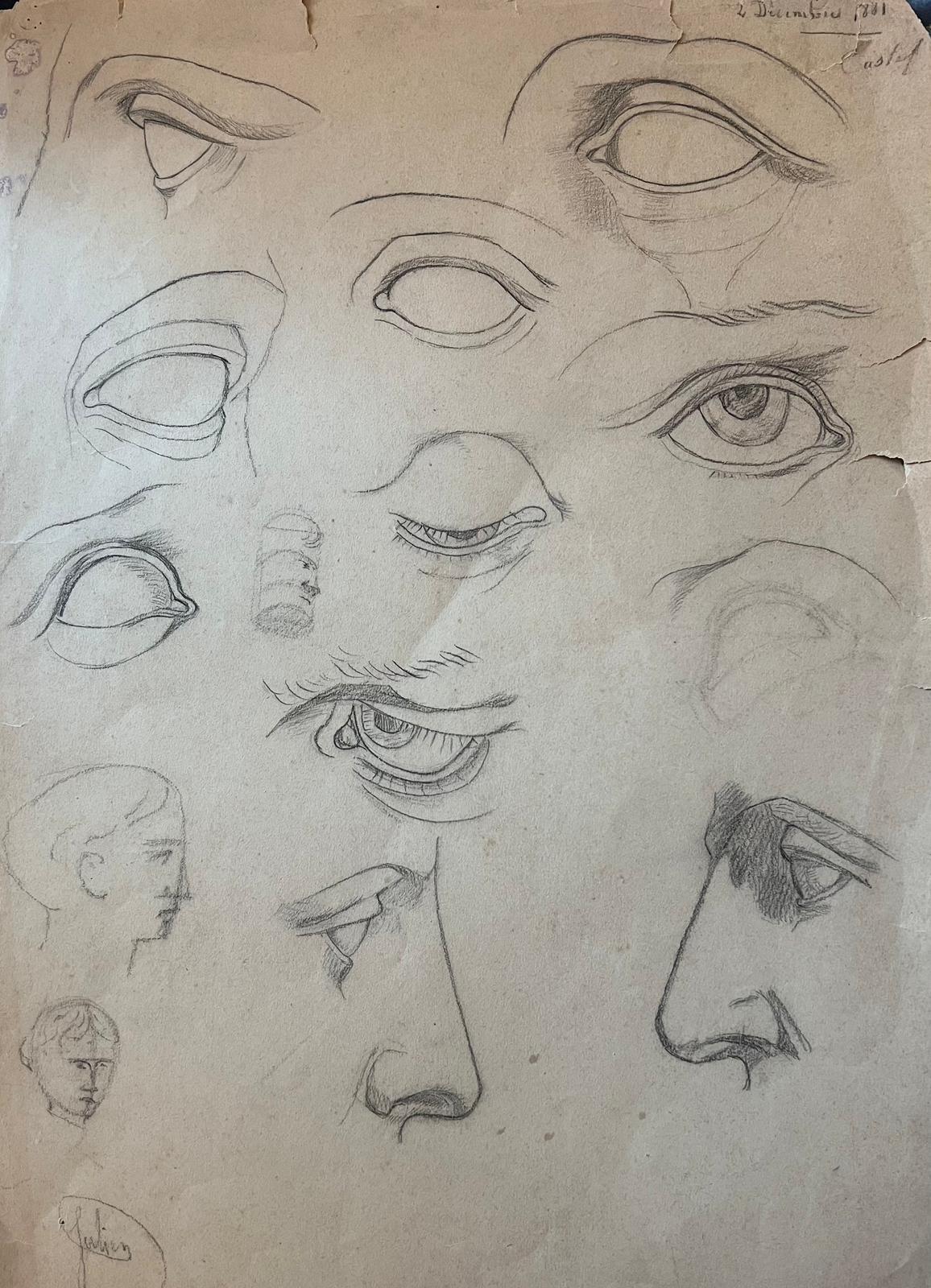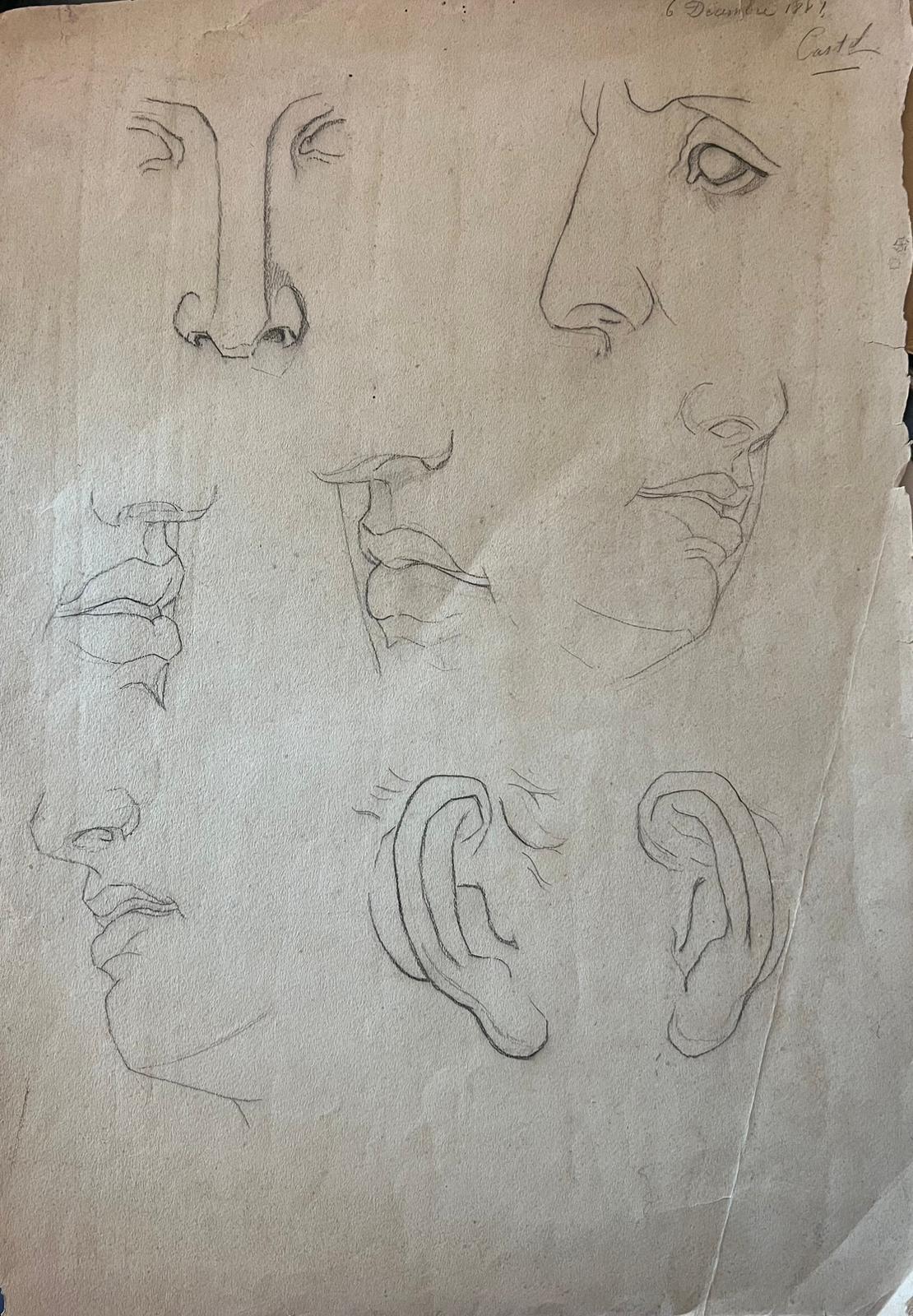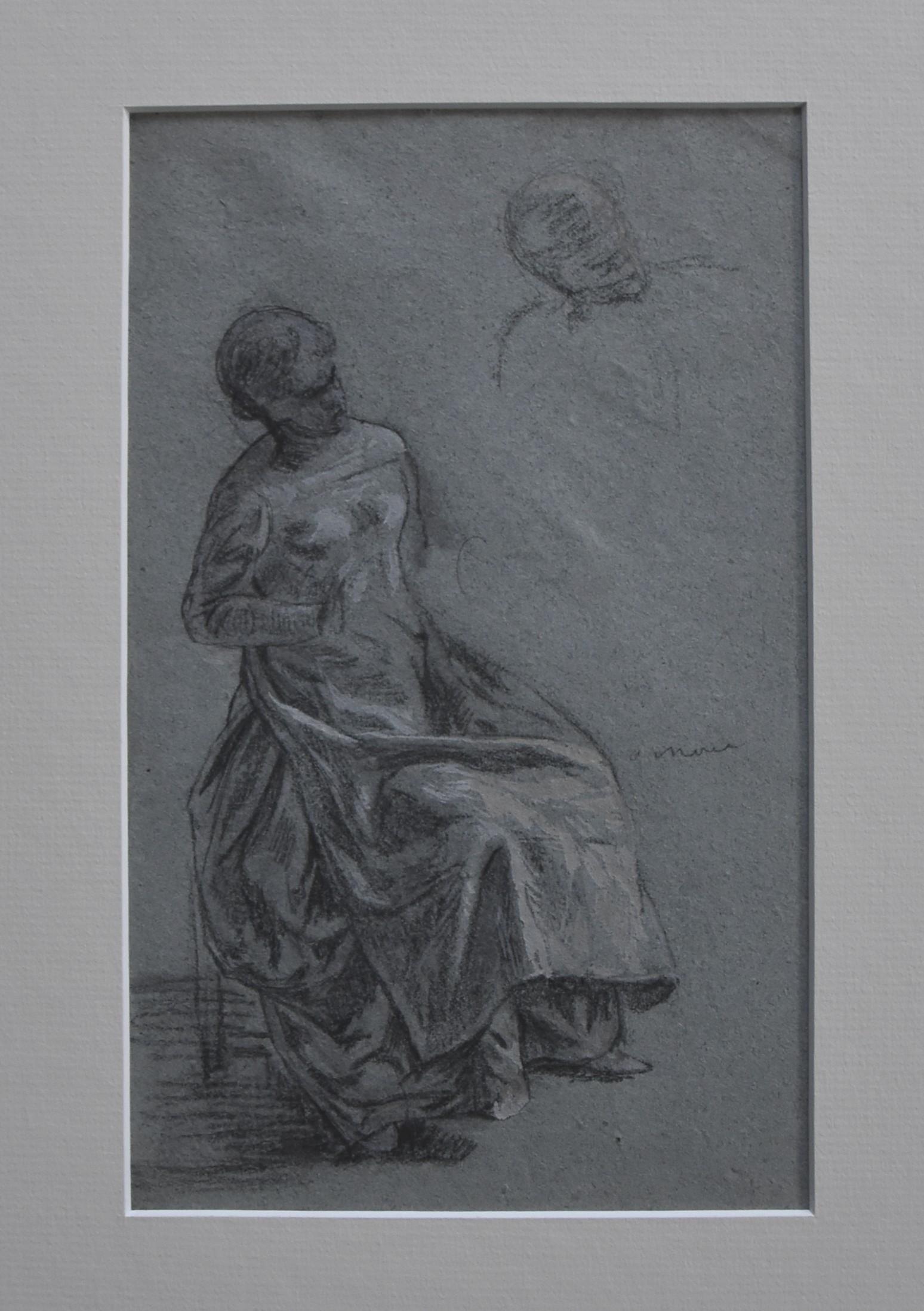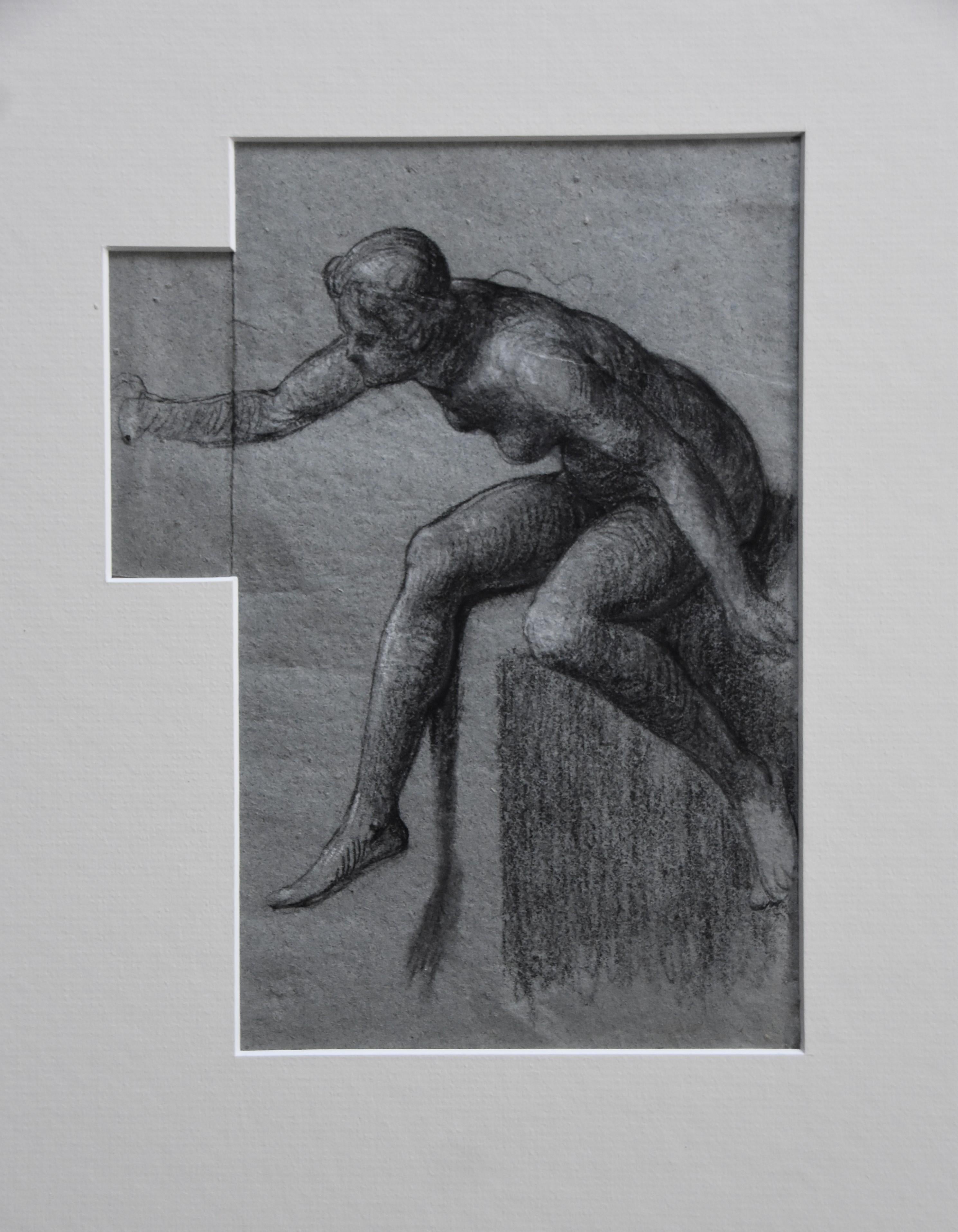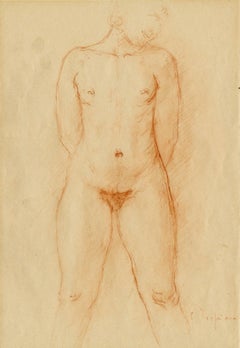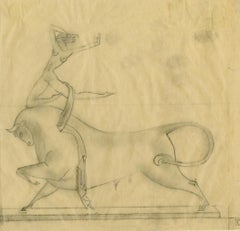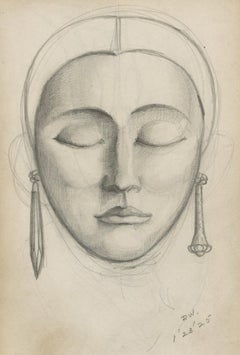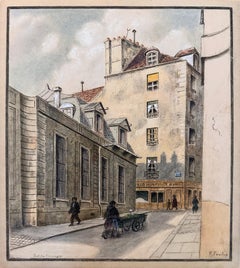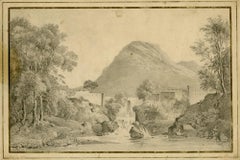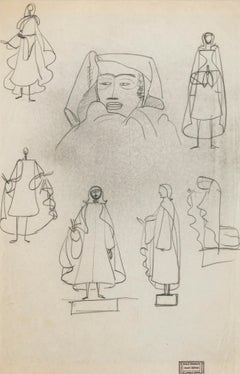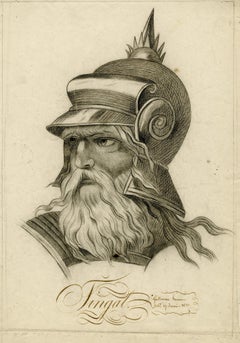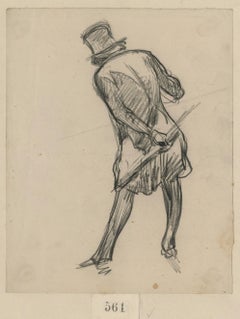
Untitled (Standing man with umbrella behind)
View Similar Items
Want more images or videos?
Request additional images or videos from the seller
1 of 5
Charles MaurinUntitled (Standing man with umbrella behind)c. 1890
c. 1890
$750List Price
About the Item
- Creator:Charles Maurin (1856 - 1914, French)
- Creation Year:c. 1890
- Dimensions:Height: 7.88 in (20.02 cm)Width: 6.25 in (15.88 cm)
- Medium:
- Movement & Style:
- Period:
- Condition:
- Gallery Location:Fairlawn, OH
- Reference Number:Seller: FA122631stDibs: LU14012691742
About the Seller
5.0
Recognized Seller
These prestigious sellers are industry leaders and represent the highest echelon for item quality and design.
Gold Seller
Premium sellers maintaining a 4.3+ rating and 24-hour response times
Established in 1978
1stDibs seller since 2013
798 sales on 1stDibs
Associations
International Fine Print Dealers Association
Authenticity Guarantee
In the unlikely event there’s an issue with an item’s authenticity, contact us within 1 year for a full refund. DetailsMoney-Back Guarantee
If your item is not as described, is damaged in transit, or does not arrive, contact us within 7 days for a full refund. Details24-Hour Cancellation
You have a 24-hour grace period in which to reconsider your purchase, with no questions asked.Vetted Professional Sellers
Our world-class sellers must adhere to strict standards for service and quality, maintaining the integrity of our listings.Price-Match Guarantee
If you find that a seller listed the same item for a lower price elsewhere, we’ll match it.Trusted Global Delivery
Our best-in-class carrier network provides specialized shipping options worldwide, including custom delivery.More From This Seller
View AllUntitled (Standing man with umbrella behind)
By Charles Maurin
Located in Fairlawn, OH
Untitled (Standing man with umbrella behind)
Graphite on paper, c. 1890's
Unsigned
Provenance: Estate of the Artist
Lucien Goldschmidt (1912-1992), noted art
...
Category
1890s French School Figurative Drawings and Watercolors
Materials
Graphite
Nu (Standing Female Nude)
By Charles Despiau
Located in Fairlawn, OH
Nu (Standing Female Nude)
Red chalk on wove paper, c. 1925
Signed lower right by the artist, see photo
Condition: Excellent
Image/Sheet size: 12 1/8 x 8 5/16 inches
Note:
Despiau ...
Category
1920s French School Nude Drawings and Watercolors
Materials
Chalk
Preliminary study for Cretan Dancer bronze sculpture
By Boris Lovet-Lorski
Located in Fairlawn, OH
Preliminary study for Cretan Dancer bronze sculpture
Unsigned
Graphite on tracing paper, 1930-1934
Sheet size: 6 7/8 x 7 1/8 inches
Created while the artist was woring in Paris, c. 1...
Category
1930s Art Deco Figurative Drawings and Watercolors
Materials
Graphite
Head of a Deco Woman (recto) Standing Male Model (verso)
By Paul H. Winchell
Located in Fairlawn, OH
Head of a Deco Woman (recto) Standing Male Model (verso)
Graphite on paper, 1925
Signed with the artist's initials "PW" and dated 1925
Created while the artist was studying at the ...
Category
1920s Art Deco Figurative Drawings and Watercolors
Materials
Graphite
Untitled (Woman working in the fields)
By Daniel Ridgway Knight
Located in Fairlawn, OH
Untitled (Woman working in the fields)
Graphite on wove paper
Unsigned
Exhibited: Spanierman Galleries, In Praise of Women, Oct. 21-Nov. 20, 2010
Illustrated: Lisa N. Peters, In Praise of Women, Spanierman Galleries (see catalog entry in photos)
Condition: Excellent
Sheet size (sight): 14 1//2 x 10 5/16 inches
Provenance: Spanierman Galleries, New York
The young woman is a known model for Knight. She is depicted in numerous paintings. The striped skirt and wooden shoes she wears also is repeated in Knight's oeuvre.
"Daniel Ridgway Knight was born in Philadelphia to a Quaker family and studied at the Pennsylvania Academy of the Fine Arts from 1858 to 1861, the year he became a founding member of the Philadelphia Sketch Club. He went to Paris and studied at the Ecole des Beaux-Arts from 1861 to 1863 with Charles Gleyre (1808-1874) and Alexandre Cabanel (1823-1889), and attended the Accademia di San Lucca, then in Venice, in 1863. Knight returned to Philadelphia that year, married, and served in the Union Army during the Civil War. He went back to France in 1871 and lived there for the remainder of his long and successful career. He settled in Seine-et-Oise near Poissy to study with the noted academic painter Jean-Louis-Ernest Meissonier (1815-1891) in 1873, and the two artists became close friends. Influenced by his French contemporaries Jules Bastien-Lepage (1848-1884) and Jules- Adolphe-Aimé-Louis Breton...
Category
1890s Abstract Impressionist Figurative Drawings and Watercolors
Materials
Graphite
red ballboy or Studies for "Tennis Tournament"
By George Wesley Bellows
Located in Fairlawn, OH
Red Ballboy or Studies for "Tennis Tournament"
Crayon on paper, c. 1920
Unsigned
Condition: three vertical folds created by the artist to transport the drawing from the tennis match ...
Category
1910s Ashcan School Figurative Drawings and Watercolors
Materials
Graphite
You May Also Like
Rue de Thorigny, signed F. Feuilloy
Located in Middletown, NY
Graphite and crayon in color with white heightening on cream wove paper, 13 1/2 x 12 1/4 inches (343 x 310 mm) (sheet). In good condition with uniform toning, handling creases, and lightly dog-eared corners.
The building on the left is a hotel particulier in Paris' Marais neighborhood, the Hôtel Salé, which now houses the Musée Picasso.
Category
Late 19th Century French School Landscape Drawings and Watercolors
Materials
Crayon, Graphite, Handmade Paper
Mountain landscape with an aqueduct and dam - FRENCH SCHOOL
Located in Middletown, NY
Pencil on smooth cream wove paper with a window pane drawn in gold ink, 8 3/8 x 11 3/4 inches (213 x 298 mm). Signed illegibly and dated in ink and again in pencil within the lower m...
Category
Mid-19th Century French School Landscape Drawings and Watercolors
Materials
Gold
Male figure and silhouette sketches
By André Derain
Located in PARIS, FR
Double-sided work in good condition, dispersal of the Knaublich succession, Loiseau-Shmitz, 23/03/2002. Tampon "Atelier Derain" at bottom right. Exhibitions:Talismans VI, galerie Her...
Category
1940s French School Figurative Drawings and Watercolors
Materials
Paper, Graphite
Portrait of Fingal / Finn MacCool - A moving portrait of an Irish literary hero
Located in Middletown, NY
Black chalk and graphite on light weight cream wove paper, 16 1/8 x 11 1/4 inches, (410 x 286 mm), the full sheet. Signed, titled, and dated in sepia ink in the lower-center sheet area. With horizontal folds approximately 1-inch from the sheet edge at each of the four sheets. The drawing appears to have been folded at the sheet edges to fit into a frame.
Finn mac Cumail (or mac Umaill), often anglicized Finn McCool or MacCool, is a hero in Irish mythology, as well as in later Scottish and Manx folklore. He is the leader of the Fianna bands of young roving hunter-warriors, as well as being a seer and poet. He is said to have a magic thumb that bestows him with great wisdom. He is often depicted hunting with his hounds Bran and Sceólang, and fighting with his spear and sword. Fionn MacCumhail was transformed into the character "Fingal" in James Macpherson's poem cycle Ossian (1760), which Macpherson claimed was translated out of discovered Ossianic poetry written in the Scottish Gaelic language.
Fionn MacCumhail features heavily in modern Irish literature. Most notably he makes several appearances in James Joyce's Finnegans Wake...
Category
Early 19th Century French School Portrait Drawings and Watercolors
Materials
Handmade Paper, Chalk, Graphite
Portrait of a Gentleman in a Redingote by student od Jean Louis David drawing
Located in Norwich, GB
An exceptional ink, wash and graphite portrait of a gentleman by Henri-Joseph Hesse, dating from circa 1820, the time of the Bourbon restoration in France. It depicts a dashing figur...
Category
Early 19th Century French School Portrait Drawings and Watercolors
Materials
Paper, Ink, Graphite
Chaîne de Aravais (Mountains in the Alps) - French School, drawing, circa 1850
Located in Middletown, NY
A beautiful drawing of the Aravis mountain chain in the Alps, including Mont Blanc, with all of the peaks identified by hand.
Circa 1850
Graphite with white heightening on light card...
Category
Mid-19th Century French School Landscape Drawings and Watercolors
Materials
Cardboard, Color Pencil, Graphite
